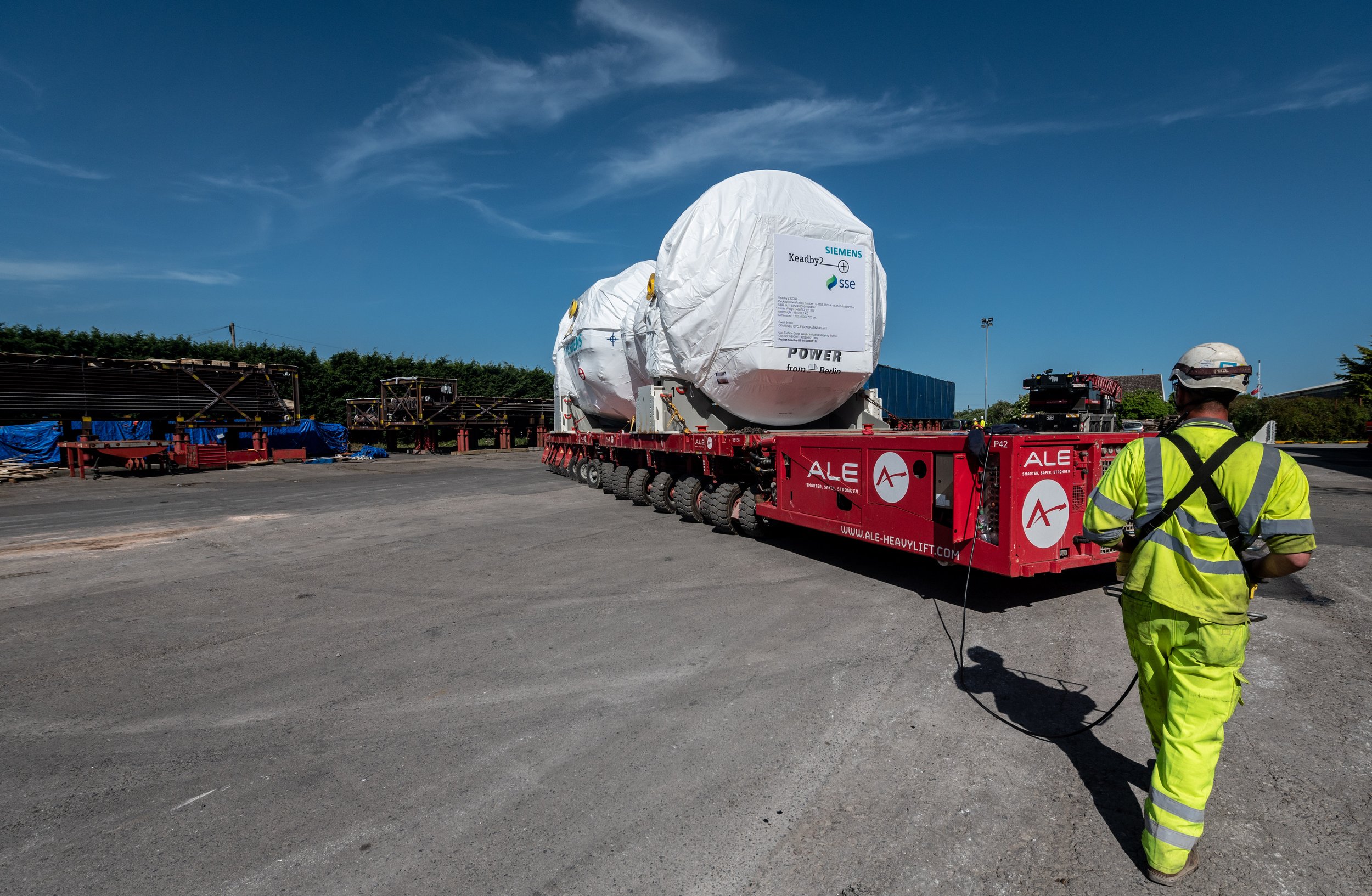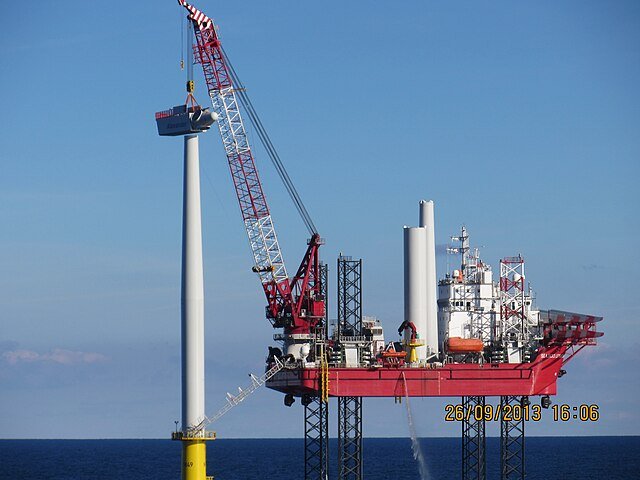Should we abandon electricity generation using gas?
A recent article (Are Labour sleepwalking to energy disaster?) showed that the UK’s capacity of combined-cycle gas turbine generators (CCGTs) is declining, and that by 2030 will have fallen to 12 GW; it will disappear in the next decade.
We are reliant on CCGTs to cover times when intermittent, renewable output is low, and to ensure grid stability. We will therefore need to build more CCGTs, but this is an attractive option, since CCGT plants are cheap and quick to build.
There was one noteworthy addition to the CCGT fleet in 2023: Keadby 2. Its performance is remarkable, boasting an efficiency of 63% – compared to the 46% of the retiring CCGTs. It was cheap and quick to build (see Table 1). The carbon dioxide emissions of the old CCGT fleet was 365 g/kWh but ‘Keadby’ CCGTs could decrease that to 260 g/kWh – 30% lower. Keadby 2 has great flexibility in the fuel it can burn. There will be changes in output power and efficiency between different fuels, but it can burn gas from offshore gas fields or fracked gas. It can also burn syngas which can be extracted from UK coal, increasing our fuel security.
| Feature | ||
|---|---|---|
| Capacity | 893 MW | |
| Cost | £350m (£430,000/MW) | |
| Efficiency | 63% | |
| Build time | 4 years | |
| Fuel | Natural gas, LNG, distillate oil, syngas |
Replacing old CCGTs with higher efficiency ones has other advantages. The existing site can be reused, including the operational, secure connection to the electricity grid. Building 30 GW of CCGTs on existing sites would cost less than £15bn. There are further benefits of reusing the CCGT sites. The cooling water system will be in place and only has to be reworked for the new plant. The small team that managed and operated the old CCGT can move across to the new. There will already be road access to the site capable of handling heavy loads.
The photographs below show how much simpler construction of the power station was compared to an offshore wind turbine. Contrast the delivery of the single Siemens SGT5-9000 590 MW gas-turbine for Keadby 2 with the installation methods of one wind-turbine (perhaps 8–10 MW) offshore.
Cut our carbon dioxide emissions by improving efficiency?
The last hundred years has seen a remarkable change in the way electrical energy is produced and distributed. Most generation was coal-fired up to 1960, but the stations increased in size and the operating temperature, to a point where the standard installation was a 660-MW steam turbine. By the same year, electricity was delivered over a UK-wide transmission and distribution grid designed to reduce transmission losses and to create multiple paths to secure supply. The world’s first nuclear generator opened in 1956. Our first CCGT power station opened in 1996, opening the way to large-scale generation from gas plants with higher efficiencies than coal-fired station.
This progression produced two important benefits: by 2000 the price of electricity had fallen from 25p/kWh in 1921 to 2.2p kWh – a ratio of nearly 12:1. Carbon dioxide emissions from generation fell from 3,500g/kWh to 520g/kWh – a ratio of nearly 7:1.
The benefits of improved generation efficiency. Emissions of CO2 decrease and prices fall…until renewables arrive.
From 2005 there has been a steady addition of renewable generation: 15 GW onshore wind turbines, 15 GW offshore, and 13 GW solar, and even 2.6 GW of wood-burning.
The introduction of renewables from 2005 to 2023 reduced carbon dioxide emissions to 200g/kWh – halving the 2005 level. Over the same period, however, electricity prices rose to 32p/kWh – a factor of nearly nine. Domestic electricity prices have never been this high before. This is almost the highest price for electricity in Europe. The price rise tracks declining coal and gas generation and increasing solar and wind generation between 2015 and 2024 (bar the intervention of the Ukraine war in the last few years) .
Most renewable generation is from wind. Its production is variable: over the last four years it has has varied from 29 to 32.5% of nameplate capacity. It is very intermittent: in 2021 the production for May to August was only 19% of nameplate capacity; over that same period, most of Europe was also experiencing low wind speeds. Solar generation is only significant between April and October.
We have relied on our CCGT generators to cover these shortcomings and to ensure the security of our grid, but it is now reaching the point where most of the remaining capacity will be retired by 2035, and all of it by 2040.
The surge of renewable generation construction has trebled household electricity bills treble since 2010. There is no cheap, emission-free solution that will mitigate the intermittency of this generation.
A 10–15-year programme of building modern CCGTs would do much to reduce costs to all consumers, and at the same time make meaningful reductions in the UK’s carbon dioxide emissions (Table 2). This could reduce costs and provide a low-emissions solution to the intermittency of our renewable generators. This proposal would make no call to expand the national grid, saving ~£50 billion to 2030, per-unit emissions would continue to fall (by 60g/kWh), and prices would fall.
| Feature | Old | New |
|---|---|---|
| Generation capacity (GW) | 22 | 22 |
| Production (TWh) | 108 | 108 |
| Fuel input (TWh) | 258 | 171 |
| Efficiency (%) | 42 | 63 |
| CO2 emissions (Gt) | 46 | 31 |
| Impact on UK CO2 emissions | ||
| Total (Gt) | 51 | 36 |
| Rate (g/kWh) | 200 | 140 |



